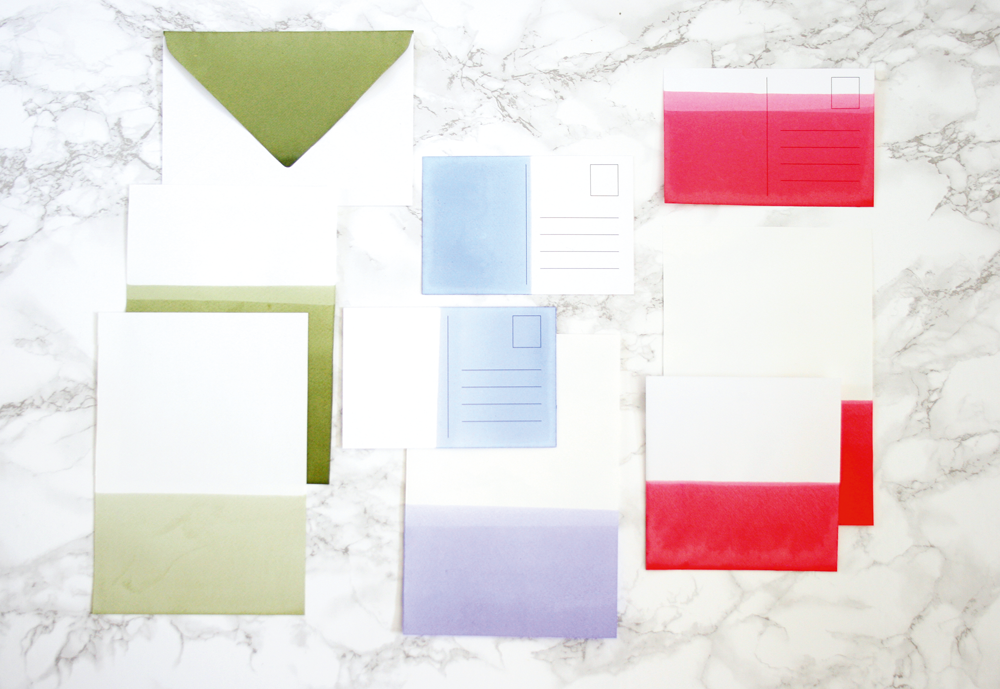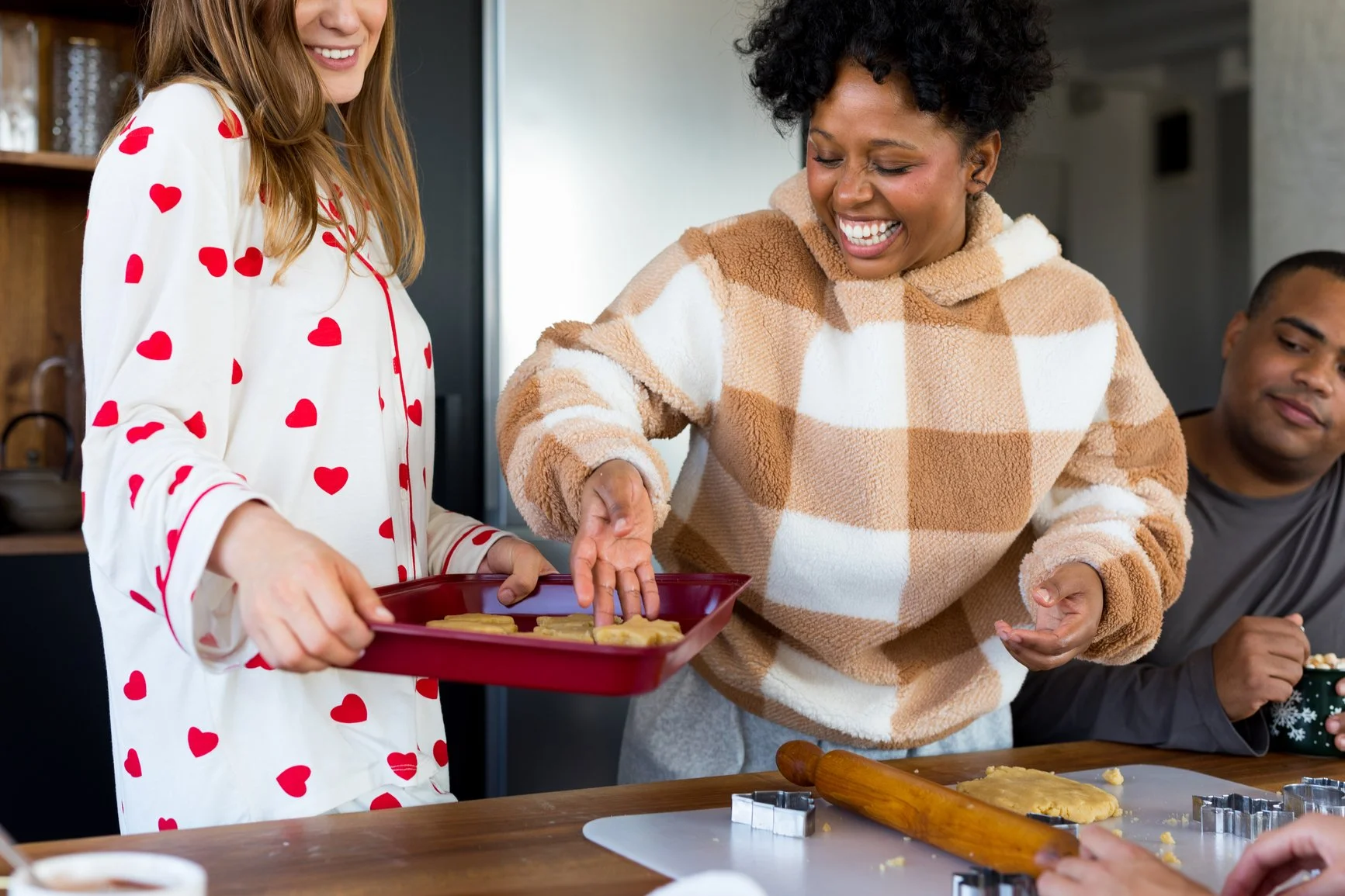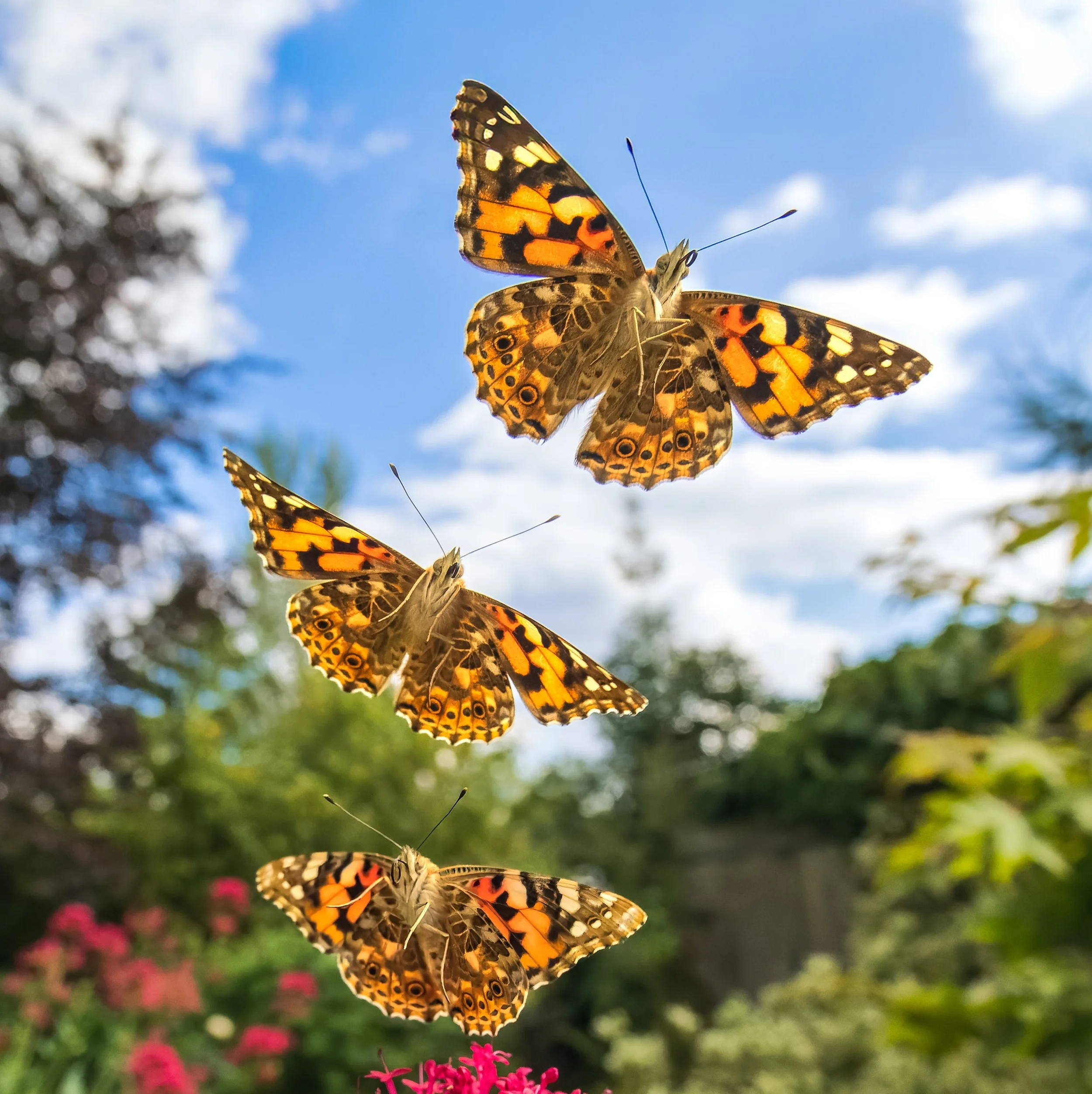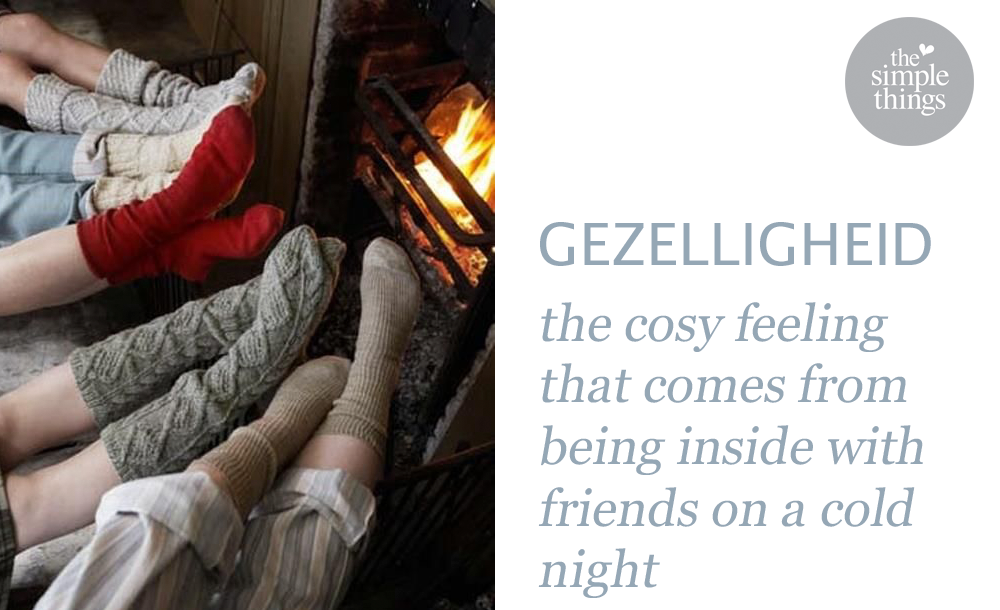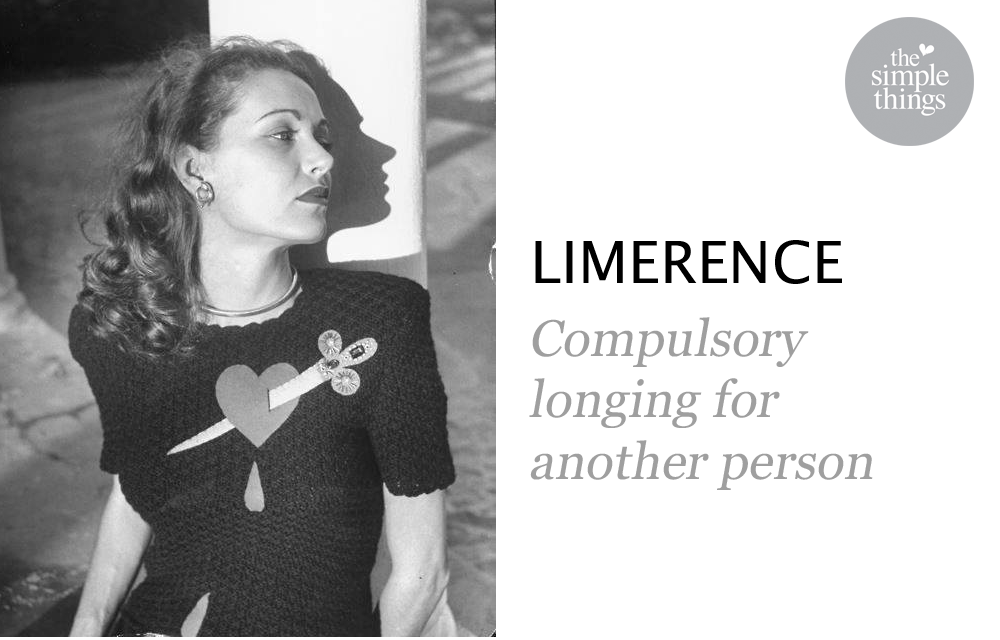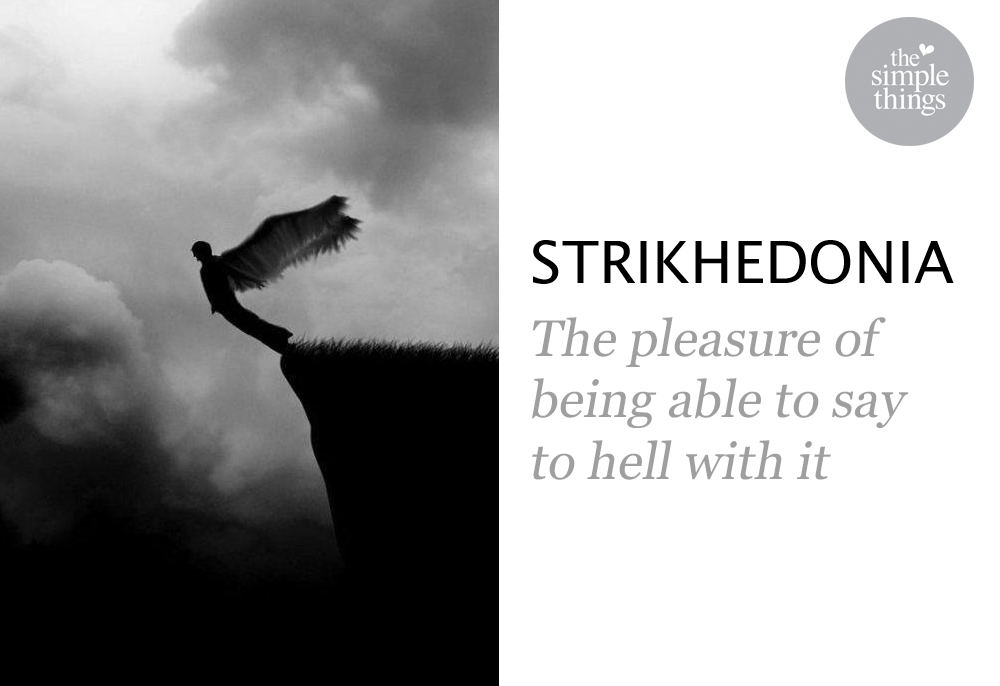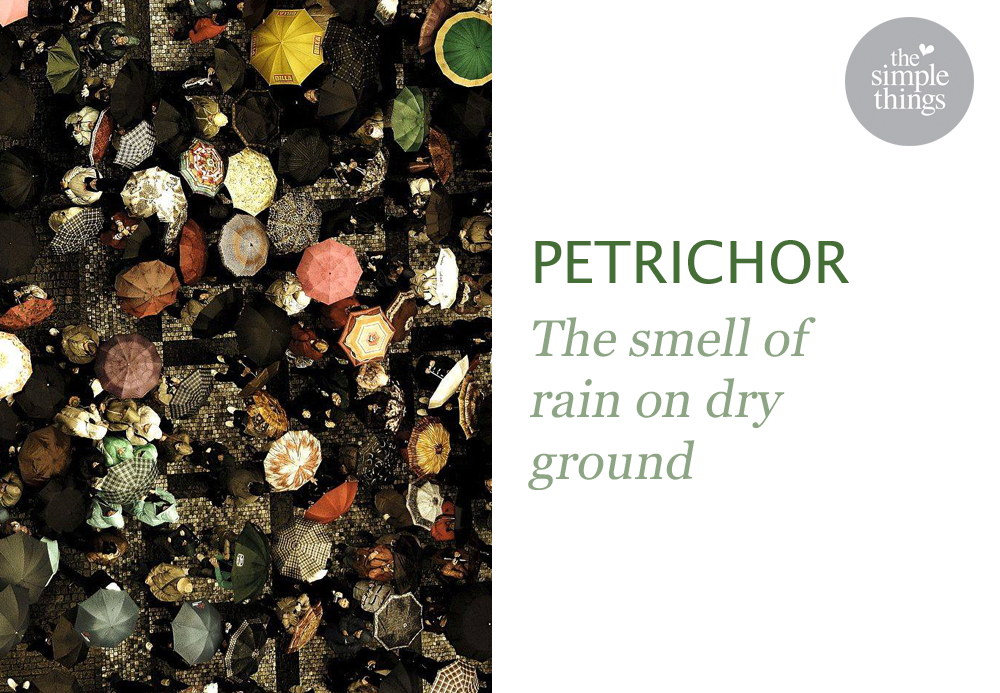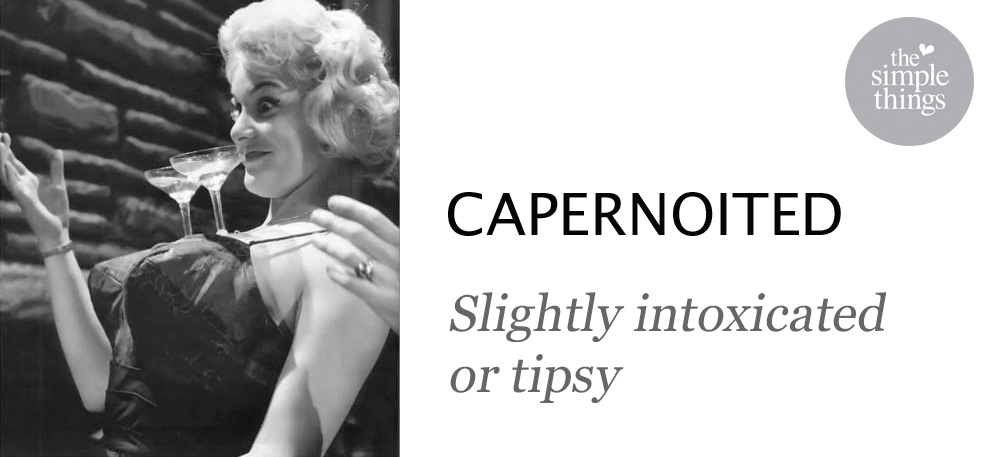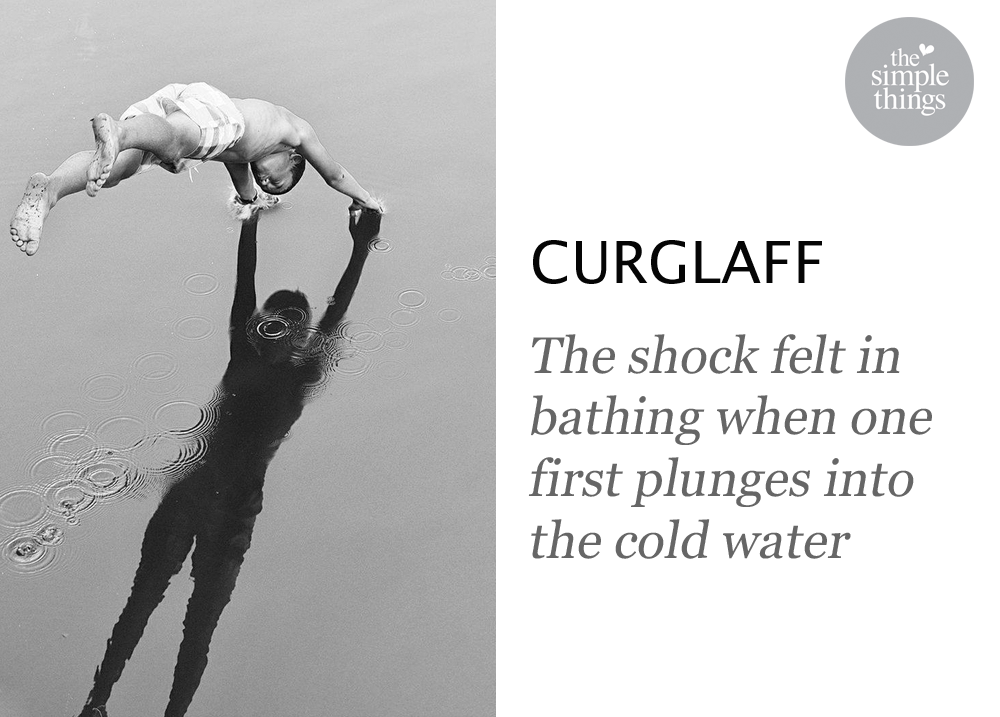Tiny things are cute, aren’t they? We don’t know why they make us squeal with delight, but they do.
Better yet, though, is the idea of being tiny ourselves. Which of us hasn’t, at some point, longed to eat at a table made from a cotton reel, or curl up in a matchbox bed? Our books, films and dreams are filled with characters that are either already diminutive in size or become tiny, from Alice to Tom Thumb and many more. Let’s crouch down very low, speak very quietly, and meet a few of them…
Mrs Pepperpot
Mrs Pepperpot is a charming Norwegian creation. She lives with her husband, Mr Pepperpot (obvs) in a country cottage and her dark secret is that occasionally she shrinks to the size of a Pepperpot and goes on adventures. We loved it for the gorgeous detail of the pickles Pepperpot gets into when her world suddenly becomes huge and pigeons become the size of T-Rexes. Also, if you thought ‘Pepperpot’ was hard to say, just be glad you aren’t reading it in the original Norwegian in which she is called ‘Teskjekjerringa’ (Mrs Teaspoon).
Stuart Little
Stuart Little (nominative determinism in action right there) is the main protagonist from the 1945 novel of the same name by EB White (most famous for Charlotte’s Web). Stuart is born to an ordinary couple living in New York and is completely ordinary himself… other than being 5cm tall and looking like a mouse. Round of applause for EB White for having the brass neck to style out a human couple simply giving birth to a mouse and it drawing no comment. Our favourite thing about Stuart Little though, was probably his motorised toy car that he zipped around the United States in. That’s what we’d do if we were mice.
The Kids from Honey, I Shrunk the Kids
Some siblings and their neighbours’ kids are shrunk to a quarter of an inch apiece when they accidentally set off their inventor father’s ray gun shrinking machine. Once shrunk only the dog can hear them and they battle to let their father (Rick Moranis) know what has befallen them. Includes many iconic moments - you are not a child of the 1980s if you haven’t checked your spoonful of Cheerios for tiny children before conveying it to your mouth.
The Borrowers
Perhaps the most famous of shrinkers. Which of us can honestly say they didn’t fall in love with the teeny tiny lifestyle of Homily, Pod and Arietty, under the floorboards, borrowing everyday domestic items from the ‘human beans’ to make themselves furniture, tools and more. You’ll never discard an empty matchbox thoughtlessly again.
Ant Man
Mild-mannered scientist Hank Pym develops a technology that enables him to shrink to the size of an ant. But unlike other shrinkers he can also communicate with and control the ants, using them as his private army. An excellent superpower we all wish we had come the middle of summer when no pot of jam left unattended is safe…
The Incredible Shrinking Woman
In this 1981 film parody of The Incredible Shrinking Man, suburban housewife Pat Kramer is exposed to an experimental perfume made by her husband’s company. This is why we never let our husbands choose perfume for us. She has to move into a doll’s house and is then kidnapped by a group of scientists who plan to experiment on her in order to shrink everyone in the world. We reckon Pat herself might have preferred the more peaceful shrinking life of Mrs Pepperpot, but it’s an exciting watch.
Kay Harker
The main protagonist from John Masefield’s The Box of Delights is able to ‘go swift’ and fly and ‘go small’ and shrink. Sometimes he even does both at the same time, in order to rescue the country’s clergy in time for Christmas. Best shrinking moment? Escaping down a river in a tiny model boat.
The Lilliputians
It’s during Gulliver’s first voyage that he is shipwrecked on the island of Lilliput, where the inhabitants are less than six inches tall and also rather small in mind, seeming to care about insignificant things enormously. They once had a disagreement, we learn, with the inhabitants of a neighbouring island about whether to break an egg at ‘the small end’ or ‘the big end’, which gave rise to six rebellions. Gulliver helps the Lilliputians but eventually falls from favour after urinating on a fire to put it out for them. There’s no helping some Lilliputians, is there?
The Whos
Perhaps the tiniest of the all the tiny people in our rundown, the Whos are the creation of Dr Seuss. They live in Whoville, a city which exists within a speck of dust, which is eventually placed on a clover flower by Horton the Elephant. They are warm, welcoming furry beings, with dog-shaped noses and twelve toes each. The Whos made their debut in Horton Hears A Who but are best known for their part in teaching the Grinch the true meaning of the festive season in How The Grinch Stole Christmas…
“Every Who down in Who-ville, the tall and the small,
Was singing! Without any presents at all!
He HADN'T stopped Christmas from coming!IT CAME!
Somehow or other, it came just the same!”
Terry Pratchett’s Carpet People
“In the beginning there was nothing but endless flatness,” we are told. “Then came the carpet.” The carpet is now inhabited by many different tribes and peoples and this is the story of their adventures. A wonderful, escapist read for anyone who spent hours as a child laying on the carpet contemplating the crumbs, the dust and anything else that might be inhabiting the wool pile.
If you love all things tiny, don’t miss our feature on why love miniatures. It’s called ‘Tiny Happy People’ and it starts on page 66 of our July issue, in shops now. Buy this month's The Simple Things - buy, download or subscribe








